Fahraj Village
Fahraj is a 5,000-year-old village in the desert and related to the Neolithic period. This village used to be a gateway to Isatis (the old name for Yazd) and one of the four main parts of the old city of Yazd.
This village has a desert climate and its people speak Yazdi dialect. The main cultivating and gardening products of the village are wheat and barley, mung bean, millet, peaches, apricots, pistachios, grapes and plums. Water for the village is supplied through eight deep and semi-deep wells. Due to this, Fahraj village is the culmination of greenhouse cultivation in Yazd Province.
Fahraj is also home to pristine deserts, which these days’ host visitors and tourists with clean air and full star nights.
.jpg)
Native Rural Culture of Fahraj
The most important ceremonies of Fahraj Village are national and religious festivals and celebrations in which local people play some local and special musical instruments such as Sitar and a kind of wind musical instrument. The religious ceremony of Ashura and some other mourning ceremonies also are held in Fahraj which is spectacular and sensational.
The dress and costume of people in Fahraj is also diverse and original; most men have Yazdi turban and pantyhose, and women wear colorful termeh dresses.
If you are interested in knowing about the common foods of Fahraj Village, it should be noted for a variety of local broths such as mung bean broth, barley broth and soup. They also make healthy and natural cold and hot herbal drinks such as some kinds of syrup, raspberries, thyme tea, and so on.

Tourist Attractions in Fahraj
Fahraj is a forgotten treasure trove of unparalleled wonders, with 102 unique monuments from the Achaemenids, Parthians and Sassanids in the heart of Iran. Historically, it can be considered as one of the first-rate cities in the world.

Jame Mosque of Fahraj
Jame mosque of Fahraj dates back to the first century AH., the Sassanid era is one of the oldest mosques in Iran, located in the center and the historical part of the village. Jame Mosque is a large mosque with two summer and winter Shabestans (gathering places) and a tall mud brick minaret which is the staircase going to the roof. The minaret is visible from far away. But the mosque, unlike other mosques, has no mihrab, dome, inscription, tilework, and so on.
Jame Mosque of Fahraj is built on 8 massive and sturdy columns with beautiful architectural decorations in different places of the mosque. The magnificent wooden and red door of this mosque is unique of its kind. This valuable monument was registered on Dec. 21, 1970 with the reg. No. 906 in the list of National Iranian Monuments.
.jpg)
The Mausoleum of Fahraj Martyrs
The mausoleum of Fahraj martyrs is located 2 km Fahraj Village and dates back to 9th century AH. It was registered in the list of National Iranian Monuments on Nov. 9, 1999 with reg. No 2444.
The mausoleum used to include a collection of tomb, school and monastery, but now only some parts of it are remained. The main Roman entrance of the building, the vault arches, the porch, the domed room, the niche rooms, and the symmetry of the northern part are the features that beautifies of this monument.
The southern entrance of this building is connected to the porch and the eastern entrance from is connected to the yard. The floor of the building is covered of a combination of 6-sided bricks and triangular tiles which have formed a six-sided star that is the most beautiful and coolest part of the building. Interior and exterior parts of the building are decorated with tiles and Quranic inscriptions.
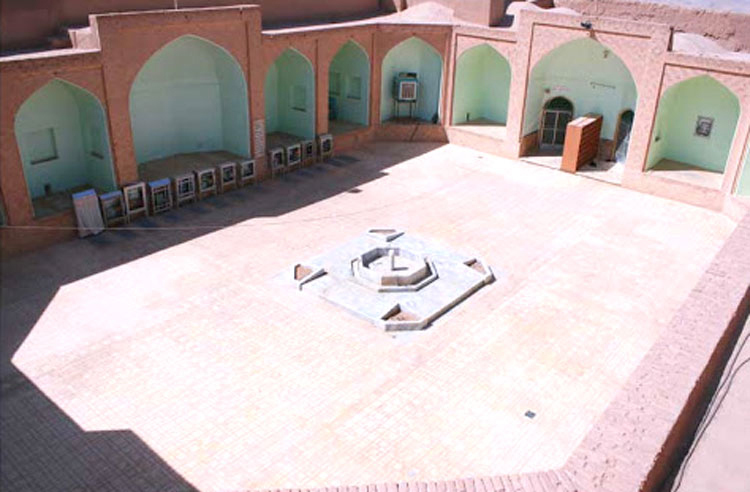
This complex has three yards. In one of the yards, there was a very old cypress tree, which dried as Maryam Abad Qanat dried. The entrance to the payab of the qanat was located in a small yard in the middle of the building. There was a water reservoir in the yard from which the people of the village could take water.
The ruined collection of Fahraj Martyrs is the burial place of some of Arab invaders at the time of Yazdegerd who were killed by Jewish and Zoroastrian believers in Fahraj when they attacked them to force them to convert to Islam.
In the two large rooms of this courtyard, there are several graves that the writing on them is not legible, and the only carved name of Majdoddin Hassan Nami is legible that dates back to the ninth century. There is another stone, belonging to the 10th century, with an inscription which is attributed to one of the descendants of Shah Nematollah Vali.
.jpg)
Alaqe Bandi Mosque of Fahraj
Alaqe Bandi Mosque is a historic mosque with beautiful stucco from which only some ruins remained.
.jpg)
Alaqe Bandi Tekye of Fahraj
The Alaqe Bandi is an old monument related to the first century AH. Now you can see the ruins.
Fahraj Castle
The historic Fahraj Castle dates back to the 10th and 11th centuries AH and is very attractive and spectacular.
.jpg)
The Muath Castle , A Memorial of the Sassanid
Muath castle is one of the largest buildings in the city of Fahraj, which is a good testimony to the ancient history of this region. This castle is on a large muddy podium and it is surrounded by a deep ditch for safety. It also includes four watching towers to protect it.
.jpg)
Ab Anbar of Hosseiniyeh Fahraj
Ab Anbar of Hosseiniyeh Fahraj is also related to the pre-Islamic period, along with the water sanctification ceremony. At the entrance to the Ab Anbar, there is a stone inscription bearing Naskh writing, the text of which is about the dedication of the berries trees of Hosseiniyeh.
Chehel Dokhtaran Well
Chehel Dokhtaran Well or as the local say Chel Dokhtarun belongs to noble girls and women who preferred death with dignity than life with prosperity. Nearly 1400 years ago, Zoroastrian villagers in Fahraj when they heard the news of the Arab invasion, to preserve their fire temple, turned it into a mosque and claimed Muslims. But they knew that their daughters and women would be arrested, however. Hence, the noble women and girls of this village escaped from Arab soldiers and troops to the desert. They reached the well with two ruined chambers around and threw themselves inside the well there.
.jpg)
Hassan Abad sand hills of Chahdegal
In addition to the historical monuments, Fahraj Village has a large and untouched desert, which is considered as one of the most important spectacles of Fahraj. This beautiful desert is the main factor in attracting Europeans, especially the Italians, to travel to Fahraj. The Fahraj Sandy Hills are located south of the Hassan Abad Village of Chahdegal, which not only have a recreational role, but also have the therapeutic properties for joint diseases and leg pain and backache.
The Star Valley is also one of the most spectacular views of Fahraj Desert, which allows night observation of the stars without the need for a telescope.
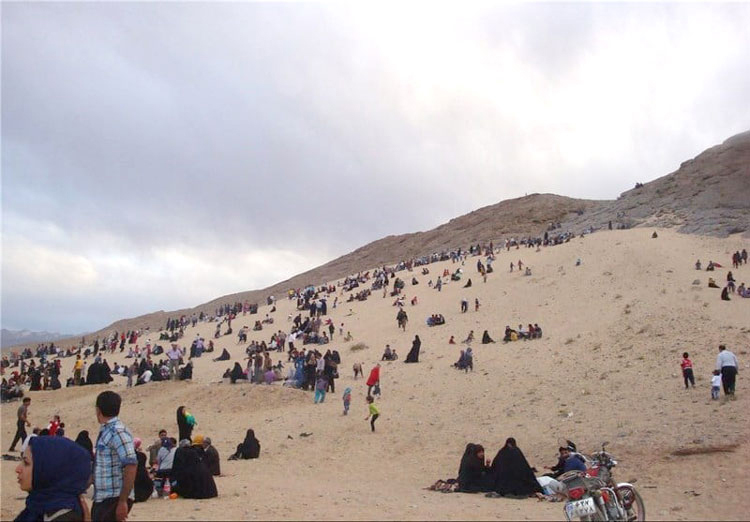
For more information on Fahraj Village or book a tour to this village and its deserts, contact Raadina Support.
Online Support











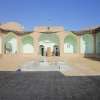
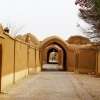
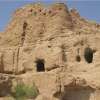
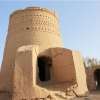
.jpg)


.jpg)

.jpg)
.jpg)
.jpg)
.jpg)
.jpg)

